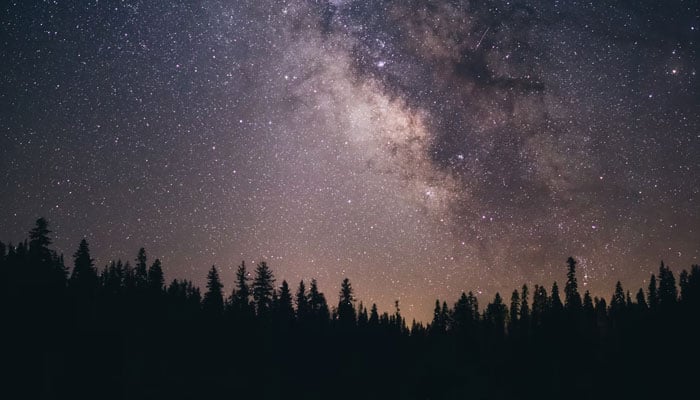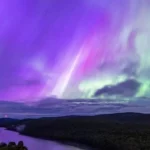Stargazers have been warned by astronomy experts that July is expected to be jam-packed with amazing celestial occurrences that could appear in the skies as early as this week.
But what kinds of celestial events can astronomers look forward to, and when might they see them?
Here’s all the information you need to know about July’s stargazing opportunities, per Forbes.
The greatest months to view the Milky Way from the northern hemisphere are July and August, according to experts. This year, you may be able to see the Milky Way in the southeast sky during the first week of July.
If you want to see the Milky Way well after the sun sets, it is preferable to be away from light pollution.
The crescent moon
From July 6 through July 9, there will be four evenings in a row when stargazers can see a stunning crescent moon in the west after sunset.
Because the moon will only be 1% illuminated and may be seen from a low viewpoint near the horizon on July 6, the view may be difficult and necessitate the use of binoculars. It gets lot easier after that.
Moon eclipses Spica
In one of the rarest sky phenomena for North and Central America this year, observers may be able to see Spica in Virgo, one of the brightest stars in the summer sky, eclipsed by the moon.
This event can be seen in the southern evening sky on July 13 and 14.







